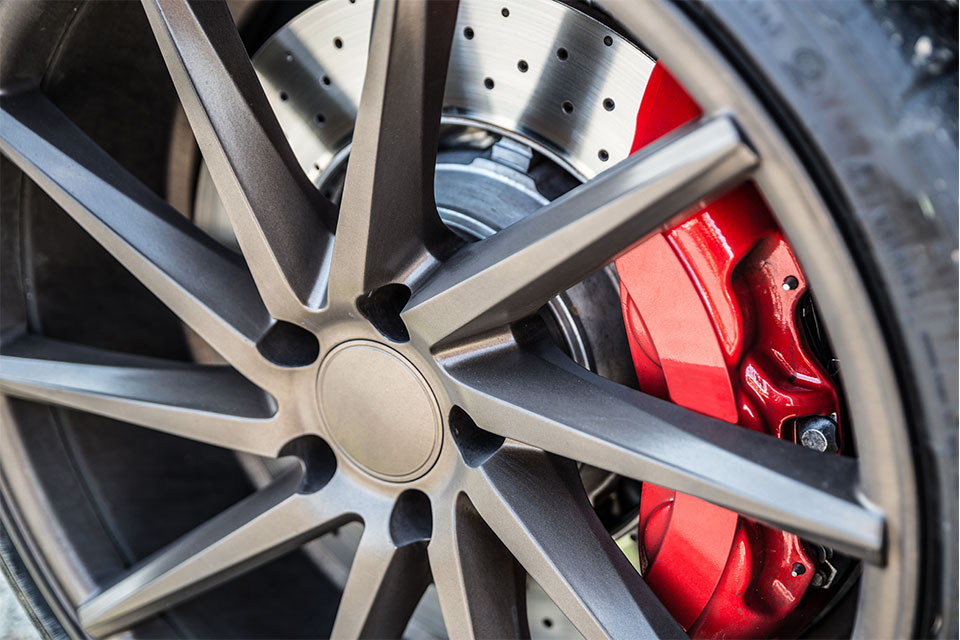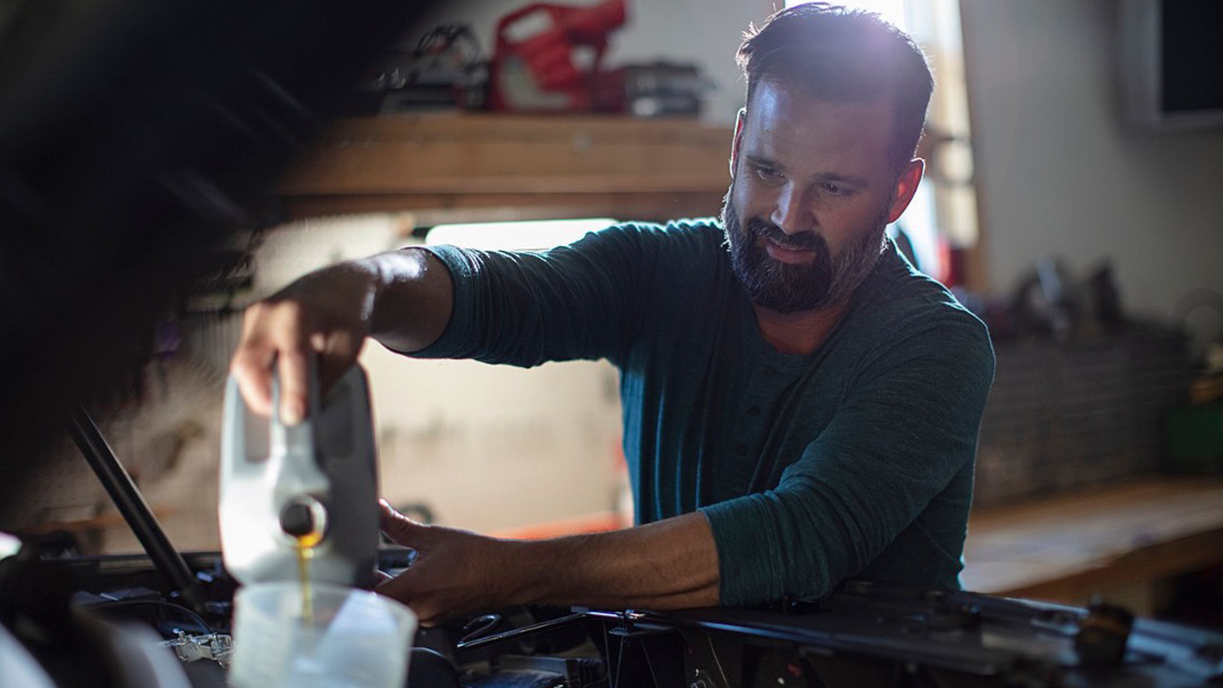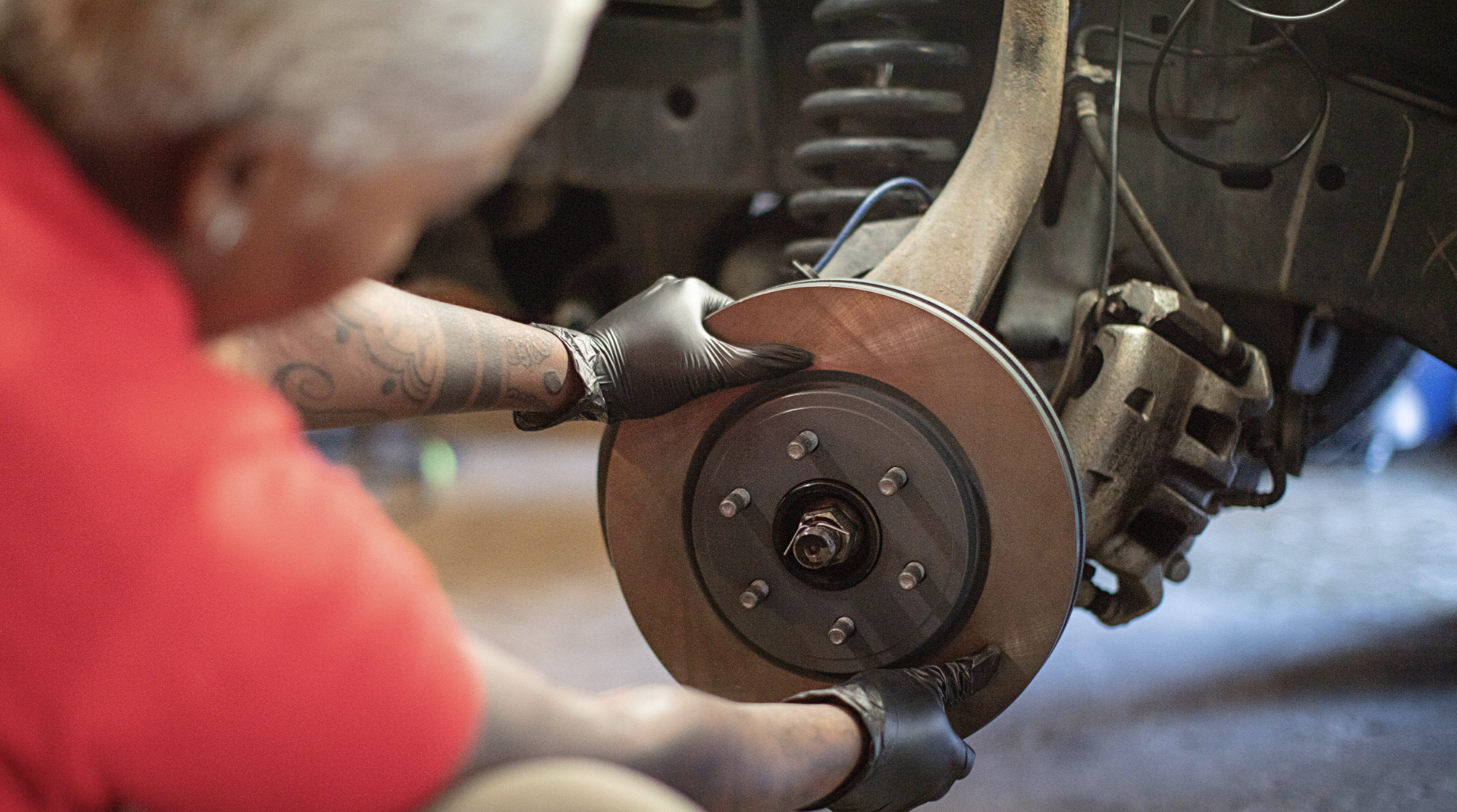You've probably seen some checklists of things you should carry in your vehicle... checklists that end up so long that you'd need a footlocker to carry all the stuff.

Not many people have that kind of extra room for things in the trunk or in a storage cubby, and it's true that most vehicles are way more reliable now than they were a generation ago. Still, it's not a good idea to get too smug about that kind of thing, because you never know when you might end up in a pinch someplace and wishing you had this or that specific item.
We've put together a list of things you can easily fit in a trouble bag and stash in some out-of-the-way place in your vehicle. Hopefully you won't need them, but it's better to have them and not need them than the other way around!

- Jack: A jack is something you might take for granted in a vehicle, but the scissors jack that's included with most new cars is bulky and not much fun to use (at least we no longer have the rickety bumper jacks of the 80s). A bottle jack is a lot more compact and can get your vehicle off the ground a lot more quickly, provided you're jacking it up at a safe jack point on the frame. As always, be safe and never get under a vehicle that's only supported by a jack! Also, make sure you've got the lug wrench too — the jack won't do you much good without it.
- Slime: Since we're on the subject of flat tires, a lot of new vehicles don't even come with a spare tire. If your tire wasn't completely chewed-up and shredded when it failed, you can get it back up to pressure with a product like Slime or Fix-A-Flat. The aerosol will inflate the tire and the fibrous sealant agent will coat the inside of the tire casing through centrifugal force once you get rolling again. It's a repair that will usually work on punctures up to about 1/4" in diameter.

- First aid kit: No, you don't need an entire ambulance worth of first aid supplies, but it's a really good idea to at least have a kit that can help take care of a scrape, minor burn, laceration or other injuries. An assortment of gauze bandages, adhesive tape, band-aids, burn cream, antiseptic cream, aspirin/Tylenol, cotton swabs, elastic bandages, tweezers, scissors, gloves, alcohol swabs and sterile saline solution should be plenty.

- Emergency triangle: If you're stranded by the side of the highway, you really want to make sure other people know you're there. The old-fashioned highway flares can be dangerous to use (they involve fire, after all), but a folding reflective triangle is visible from a half-mile or more away.
- Flashlight: Ever since LEDs came along, there's a much greater variety of flashlights and trouble lights available, and they're all brighter and more reliable than old-style incandescent bulbs. You can choose from a trouble light-style (as in the link) or a tough tactical-style flashlight with a reinforced steel end that can be used to break window glass in an emergency. Some also feature a strobe function that can make your stranded vehicle a lot more visible at night.
- Multi-tool: Yes, it'd be nice to be able to carry a whole set of hand tools: screwdrivers, pliers, Phillips screwdriver, scissors, socket set, wrenches, wire cutters, etc. Who's got room for that, though? A good quality multi-tool can get you through all kinds of situations and light repairs without taking up half your car's trunk. Most multi-tools include a sharp knife which can be a lifesaver if you have to cut through a seat belt strap after a collision.
- Duct tape: They don't call it "100 mph tape" for nothing. Duct tape is strong like Vin Diesel and versatile like McGuyver. A little racing tape repair can be just what you need to get you somewhere so you can get a little more permanent repair in place.
- Jump box or jumper cables: This one sort of goes without saying, but still most people won't carry these essential items in a vehicle. A jump box gives you the ability to get your own vehicle going or to be a good samaritan and help someone else out, and a charged jump box is good for dozens of starts. Remember if you've got jumper cables, there's a right way and a wrong way to use them; if in doubt, click here.
- Zip ties: Commonly called "cable ties," zip ties are an incredibly handy and easy way to lash things together. Between zip ties and duct tape, it's like having half a tool kit at your disposal; there are a lot of vehicles that have things held together with one or the other, either under the hood or in the interior somewhere.
- Tire pressure gauge: If your vehicle doesn't have a tire pressure display in the instrument cluster, we recommend checking the tire pressure about once a month. Be sure to check the pressures when the tires are cool before you drive anywhere, and keep in mind that gas station air gauges are not always accurate. Keeping the pressures correct isn't just important for identifying leaks, it also extends the life of your tires. Under-inflated tires are bad news for all kinds of reasons: they generate heat, they wear quicker on the edges, they negatively affect handling and braking and they hurt fuel economy due to increased rolling resistance. On the other hand, an over-inflated tire will wear prematurely in the center of the tread. If you're unsure of the proper pressure for your vehicle, check the placard on the vehicle driver's door frame.
- Owner's manual and registration: You might know your vehicle pretty well, but every now and then there's a weird, puzzling mystery that can only be solved by referring to the owner's manual.
- Gloves: If you've gotta get under the hood, a pair of disposable exam gloves can keep you from getting too nasty, and for bigger jobs a pair of work gloves or mechanic's gloves can protect your hands and give you a little better grip as well. If you do end up nasty and greasy, waterless hand cleaner does an amazing job of getting you clean again. After all, if it can take off printer's ink, then automotive grime isn't a problem.
Got any suggestions that we might have left off the list? Let us know in the comments!








